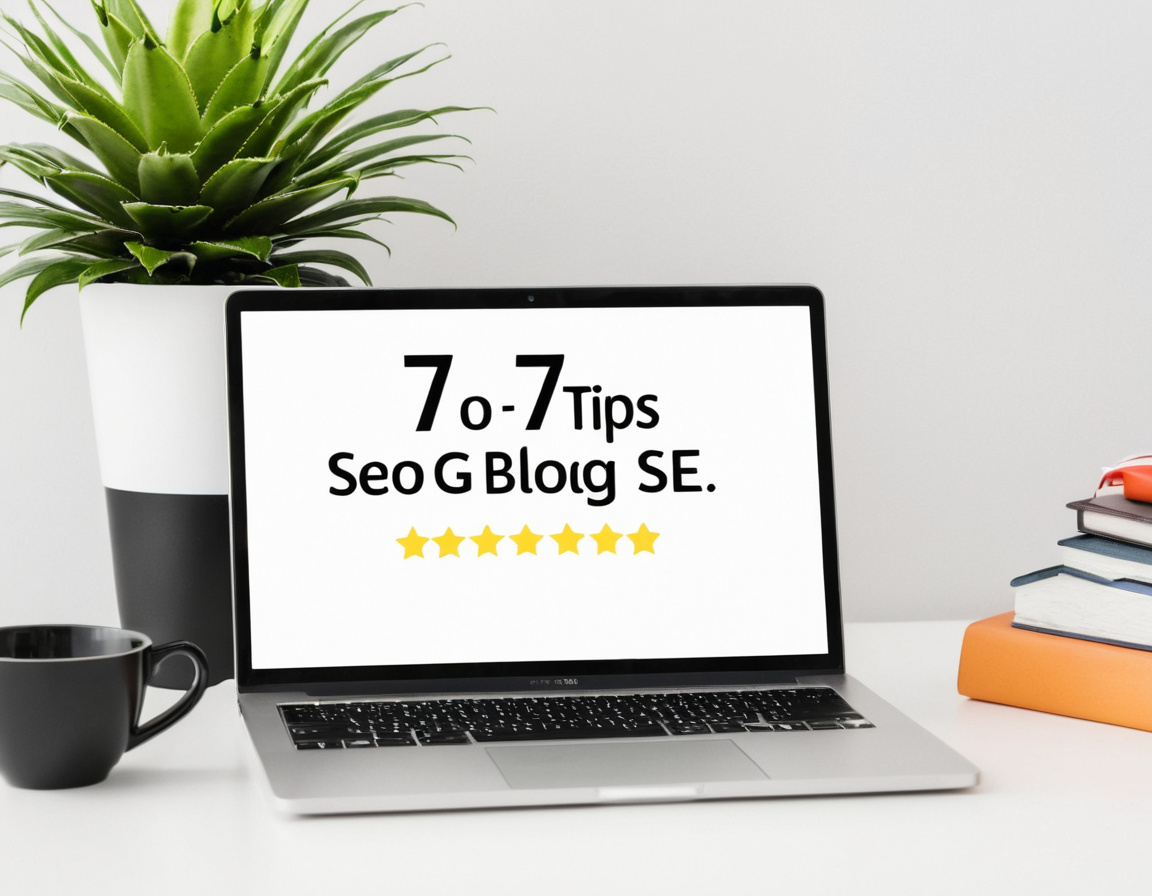: 7 Top Tips to Boost Your Blog’s SEO: A Simple Guide

Blogging has become an essential component of digital marketing strategies. It helps establish authority, build relationships with customers and other influencers, and drive traffic to your website. However, creating great isn’t enough; you need to optimize it for search engines (SEO) if you want your blog to reach its full potential. In this post, we’ll provide you with seven simple tips that will help boost your blog’s SEO. Learn more about 7
1. **Keyword Research**: This is the foundation of any successful SEO strategy. Identify relevant keywords and phrases that align with your while considering search intent. Use tools like Google Keyword Planner or SEMrush to discover popular terms, monitor their competition, and understand how people are searching for your topic. By strategically incorporating these keywords into your blog posts, you’ll improve the chances of your being found in search engine results pages (SERPs).
2. **Quality **: It’s crucial to produce high-quality, original, engaging, and useful consistently. Google values websites that regularly offer fresh, relevant information to users over those with stale or thin . Remember, the aim is not just ranking higher but providing value to your audience as well.
3. **On-Page Optimization**: On-page optimization involves structuring your blog post in a way that makes it easy for search engines to understand and index its . This includes optimizing titles (H1), using header tags (H2, H3) for subheadings, adding alt text descriptions to images, and creating meta descriptions and URLs that include relevant keywords.
Learn more about Top
4. **Internal Linking**: Internal linking is an effective way to help search engines understand the structure of your website better while also keeping readers engaged by suggesting more they might be interested in reading. When adding internal links, ensure they are contextual – i.e., related to the topic you’re discussing – and point towards high-quality pieces of within your site.
5. **External Linking**: Quality external linking can significantly improve your blog’s SEO. It signals to search engines that you’ve done extensive research, thereby building credibility and trust with readers. Ensure the sites you are linking to are reputable, authoritative sources relevant to your .
6. **Mobile Responsiveness**: As mobile usage continues to increase, ensuring that your blog is optimized for mobile devices has become a must-do factor in SEO. Google’s Mobilegeddon algorithm update emphasizes the importance of being mobile responsive, making it one of its ranking factors. So, if your website isn’t already mobile friendly, now is the time to make this happen.
7. **Page Speed Optimization**: No one likes waiting for a slow site to load, and neither do search engines. Site speed is an important ranking factor as Google aims to deliver fast experiences to its users. Compress images, minify code, leverage browser caching – these are just some ways you can improve your blog’s loading time.
Remember, SEO isn’t a one-time task but rather an ongoing process. Keep updating and refining your strategy based on changes in algorithms, user behavior, and industry trends to maintain your search engine visibility. By implementing the tips outlined above, you will see improvements in both your blog’s ranking and overall performance over time.
Happy Blogging! Learn more about Tips

